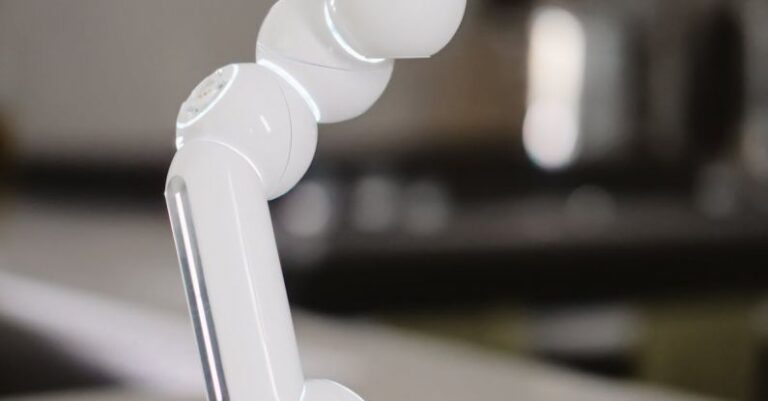
The evolution of technology has revolutionized the way we interact with the world around us. From smartphones to smart homes, the integration of advanced connectivity solutions like 5G has significantly enhanced our daily lives. One area where this technology is poised to make a substantial impact is in the realm of RC (remote-controlled) robots. These miniature marvels of engineering have long captivated hobbyists and enthusiasts with their ability to navigate various terrains and perform a myriad of tasks. But can 5G truly improve RC robot connectivity and take their capabilities to new heights? Let’s delve into this intriguing question.
Enhanced Real-Time Control
One of the primary benefits that 5G technology can offer to RC robots is enhanced real-time control. Traditional connectivity options, such as Wi-Fi or Bluetooth, have limitations when it comes to latency and bandwidth, which can impact the responsiveness of the robot to commands. With 5G’s ultra-low latency and high data speeds, users can enjoy a more seamless and instantaneous control experience. This means that RC robots can respond to commands in real-time, making them more agile and precise in their movements.
Improved Range and Reliability
Another significant advantage of 5G for RC robots is the potential for improved range and reliability. Current connectivity options often have limitations in terms of range, which can restrict the mobility of RC robots. With 5G’s extensive coverage and robust network infrastructure, users can control their robots over longer distances without experiencing signal dropouts or interference. This expanded range opens up new possibilities for exploring outdoor environments or conducting missions in remote locations with confidence.
Enhanced Data Transfer Speeds
Data transfer speeds play a crucial role in the performance of RC robots, especially when it comes to streaming high-definition video or transmitting sensor data in real-time. 5G’s blazing-fast speeds can significantly enhance the capabilities of RC robots by enabling high-quality video streaming, seamless communication with other devices, and rapid data transfer. This opens up new opportunities for immersive experiences, such as first-person view (FPV) flying or live streaming of robot missions, providing users with a more engaging and interactive experience.
Advanced Sensor Integration
RC robots are equipped with a variety of sensors that enable them to perceive and interact with their surroundings. With the advent of 5G technology, the integration of advanced sensors becomes more feasible, thanks to the increased bandwidth and lower latency of the network. This means that RC robots can leverage a wider range of sensors, such as LiDAR, radar, or thermal cameras, to enhance their perception and decision-making capabilities. By harnessing the power of 5G, RC robots can become more intelligent and autonomous, opening up new possibilities for applications in areas such as surveillance, search and rescue, or environmental monitoring.
Future Possibilities and Challenges
As we look towards the future, the integration of 5G technology holds immense promise for the evolution of RC robots. From improved connectivity and control to enhanced capabilities and applications, 5G has the potential to transform the way we interact with these miniature marvels. However, this transition is not without its challenges, such as the need for robust network infrastructure, compatibility with existing systems, and addressing potential security concerns. By addressing these challenges and leveraging the full potential of 5G technology, we can unlock a new era of innovation and exploration in the world of RC robots.
In conclusion, the integration of 5G technology has the potential to revolutionize the capabilities of RC robots, offering enhanced real-time control, improved range and reliability, faster data transfer speeds, and advanced sensor integration. By harnessing the power of 5G, RC robots can become more agile, intelligent, and versatile, opening up new possibilities for exploration, entertainment, and practical applications. The future of RC robots looks bright with 5G connectivity paving the way for exciting advancements in this fascinating field.





